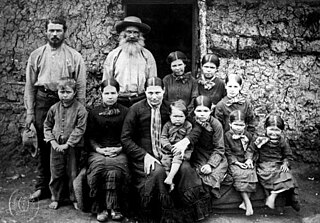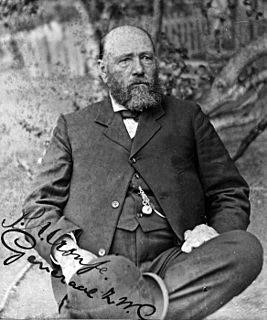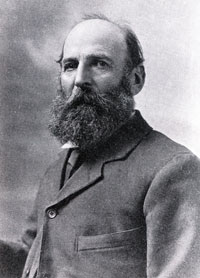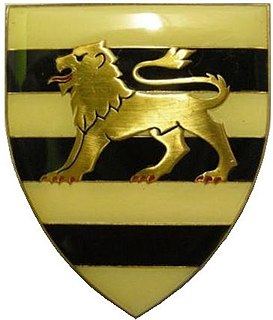Modder River Modderrivier | |
|---|---|
 Grain Silos, Modder River | |
| Coordinates: 29°01′48″S24°37′35″E / 29.03000°S 24.62639°E Coordinates: 29°01′48″S24°37′35″E / 29.03000°S 24.62639°E | |
| Country | South Africa |
| Province | Northern Cape |
| District | Frances Baard |
| Municipality | Sol Plaatjie |
| Population | |
| • Total | 926 |
| Time zone | UTC+2 (SAST) |
| PO box | 8700 |
Modder River (Afrikaans : Modderrivier; "modder" is Afrikaans for "mud") is an irrigation and stock farming town situated south of Kimberley near the confluence of the Riet and Modder rivers in the Northern Cape province of South Africa.
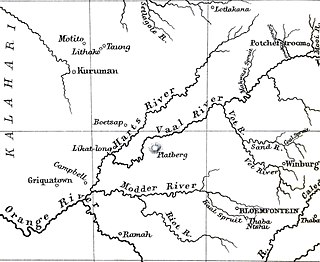
The Riet River is a westward-flowing tributary of the Vaal River in central South Africa. In precolonial times the Riet was known as the Gama-!ab, a !Kora name meaning 'muddy'. Its main tributary is the Modder River and after the confluence the Riet River flows westwards to meet the Vaal.

The Modder River is a river in South Africa. It is a tributary of the Riet River that forms part of the border between the Northern Cape and the Free State provinces. The river's banks were the scenes of heavy fighting in the beginning of the Second Boer War at the Battle of Modder River.
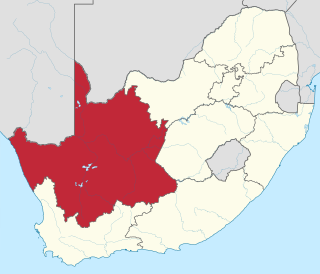
The Northern Cape is the largest and most sparsely populated province of South Africa. It was created in 1994 when the Cape Province was split up. Its capital is Kimberley. It includes the Kalahari Gemsbok National Park, part of the Kgalagadi Transfrontier Park, an international park shared with Botswana. It also includes the Augrabies Falls and the diamond mining regions in Kimberley and Alexander Bay. The Namaqualand region in the west is famous for its Namaqualand daisies. The southern towns of De Aar and Colesberg, in the Great Karoo, are major transport nodes between Johannesburg, Cape Town and Port Elizabeth. In the northeast, Kuruman is known as a mission station and also for its artesian spring, the Eye of Kuruman. The Orange River flows through the province, forming the borders with the Free State in the southeast and with Namibia to the northwest. The river is also used to irrigate the many vineyards in the arid region near Upington.
The Second Boer War Battle of Modder River took place here. [2]

The Second Boer War was fought between the British Empire and two Boer states, the South African Republic and the Orange Free State, over the Empire's influence in South Africa. It is also known variously as the Boer War, Anglo-Boer War, or South African War. Initial Boer attacks were successful, and although British reinforcements later reversed these, the war continued for years with Boer guerrilla warfare, until harsh British counter-measures brought them to terms.
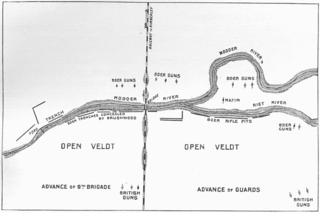
The Battle of Modder River was an engagement in the Boer War, fought at Muddy River, on 28 November 1899. A British column under Lord Methuen, that was attempting to relieve the besieged town of Kimberley, forced Boers under General Piet Cronjé to retreat to Magersfontein, but suffered heavy casualties themselves.



